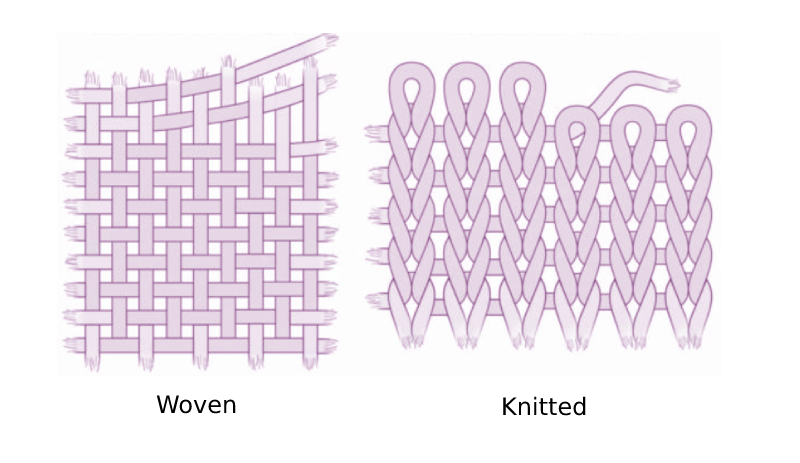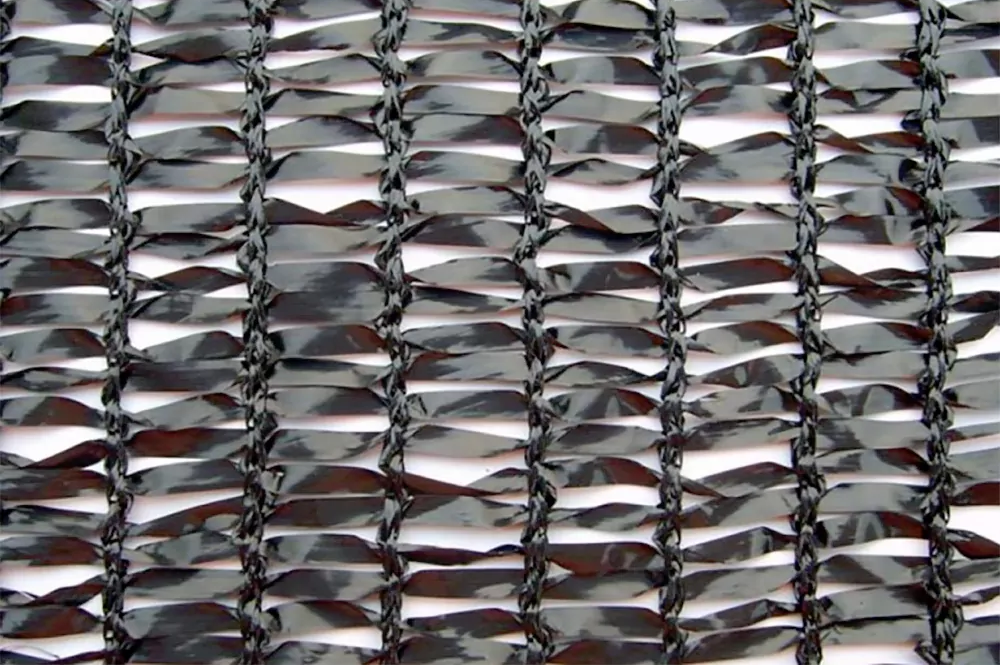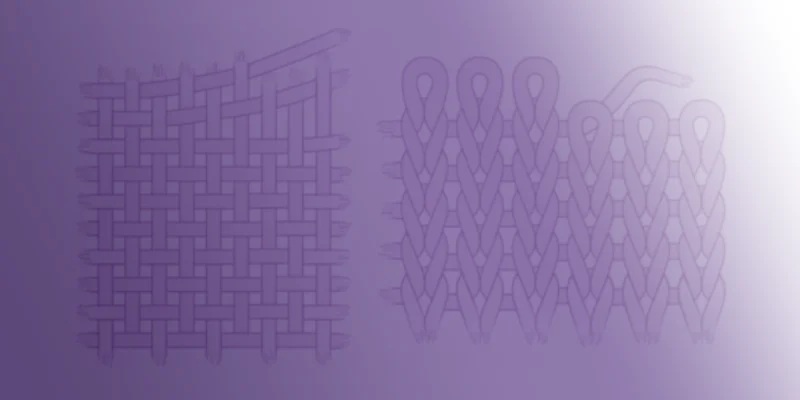Agricultural shade nets are an essential tool for farmers to protect their crops from excessive sunlight and provide a suitable environment for growth. However, choosing the right shade net for a particular crop can be challenging, as different types of shade nets have different characteristics and are suitable for different plants.
In this comprehensive guide, we will explore the types of agricultural shade nets and provide practical tips on how to choose the best one for your needs.
2 Popular Types of Agricultural Shade Nets
The most popular types of agricultural shade nets are knitted shade nets and woven shade nets.

Woven vs Knitted Shade Nets for Agricultural
Type 1. Knitted Shade Nets
Knitted shade nets are made of lightweight polyethylene with an open lockstitch design that reduces heat and wind speed inside structures. They are ideal for shade houses, greenhouses, and hothouses where plants require moderate shading levels. Knitted shade nets are affordable, durable, and resistant to weather and chemicals. They are also easy to install and repair.

Knitted Shade Nets for Agricultural
One of the unique features of knitted shade nets is that they allow about two to three percent stretch or shrinkage, making them suitable for fitting different shapes and sizes. They have better air circulation than woven shade nets, making them a great option for areas where ventilation is essential. Knitted shade nets, however, have less strength and UV resistance than woven shade nets. They also have less color stability than woven shade nets.
Type 2. Woven Shade Nets
Woven shade nets are made of 100% polypropylene with a tight weave that blocks more sunlight and provides more strength than knitted shade nets. They are ideal for solar protection of plants, pet kennels, windscreens, patios, and privacy screens where high shading levels are required. Woven shade nets are heavier, more expensive, and less flexible than knitted shade nets. They also have minimal stretch or shrinkage, which can be a disadvantage for irregular structures.

woven shade nets for agricultural
One of the unique features of woven shade nets is that they have more strength, UV resistance, and color stability than knitted shade nets. However, they have a shorter life span than knitted shade nets and are harder to install and repair. They also have worse air circulation than knitted shade nets, making them less suitable for areas where ventilation is essential.
How to Choose Between Knitted and Woven Shade Nets for Agricultural Use
When choosing between knitted shade nets and woven shade nets, consider the following factors:
- Required Shading Levels: Knitted shade nets are suitable for moderate shading levels, while woven shade nets are ideal for high shading levels.
- Budget: Knitted shade nets are cheaper than woven shade nets.
- Durability: Knitted shade nets have a longer life span than woven shade nets.
- Ventilation: Knitted shade nets have better air circulation than woven shade nets.
- Strength and UV Resistance: Woven shade nets have more strength and UV resistance than knitted shade nets.
- Color Stability: Woven shade nets have better color stability than knitted shade nets.
- Stretch/Shrinkage: Knitted shade nets allow for stretch or shrinkage, making them suitable for fitting different shapes and sizes.
The Comparison Table
Here is a comparison table of the features of knitted and woven shade nets:
| Features | Knitted Shade Net | Woven Shade Net |
| Material | Lightweight polyethylene | 100% polypropylene |
| Design | Open lockstitch | Tight weave |
| Strength | Less strength | More strength |
| UV Resistance | Less UV resistance | More UV resistance |
| Color Stability | Less color stability | More color stability |
| Stretch/Shrinkage | 2-3% stretch/shrinkage | Minimal stretch/shrinkage |
| Price | Cheaper | More expensive |
| Installation & Repair | Easy | Harder |
| Lifespan | Longer | Shorter |
| Air Circulation | Better | Worse |
| Suitable Uses | Shade houses, hothouses, greenhouses | Solar protection, pet kennels, windscreens, patios, privacy screens |
Conclusion
Choosing the right agricultural shade net is essential for protecting your plants from the sun’s harmful UV rays and wind damage. Knitted shade nets and woven shade nets are two popular types of shade nets, each with its unique features and advantages. By carefully weighing the factors we offer, you can choose the best agricultural shade net for your needs.
